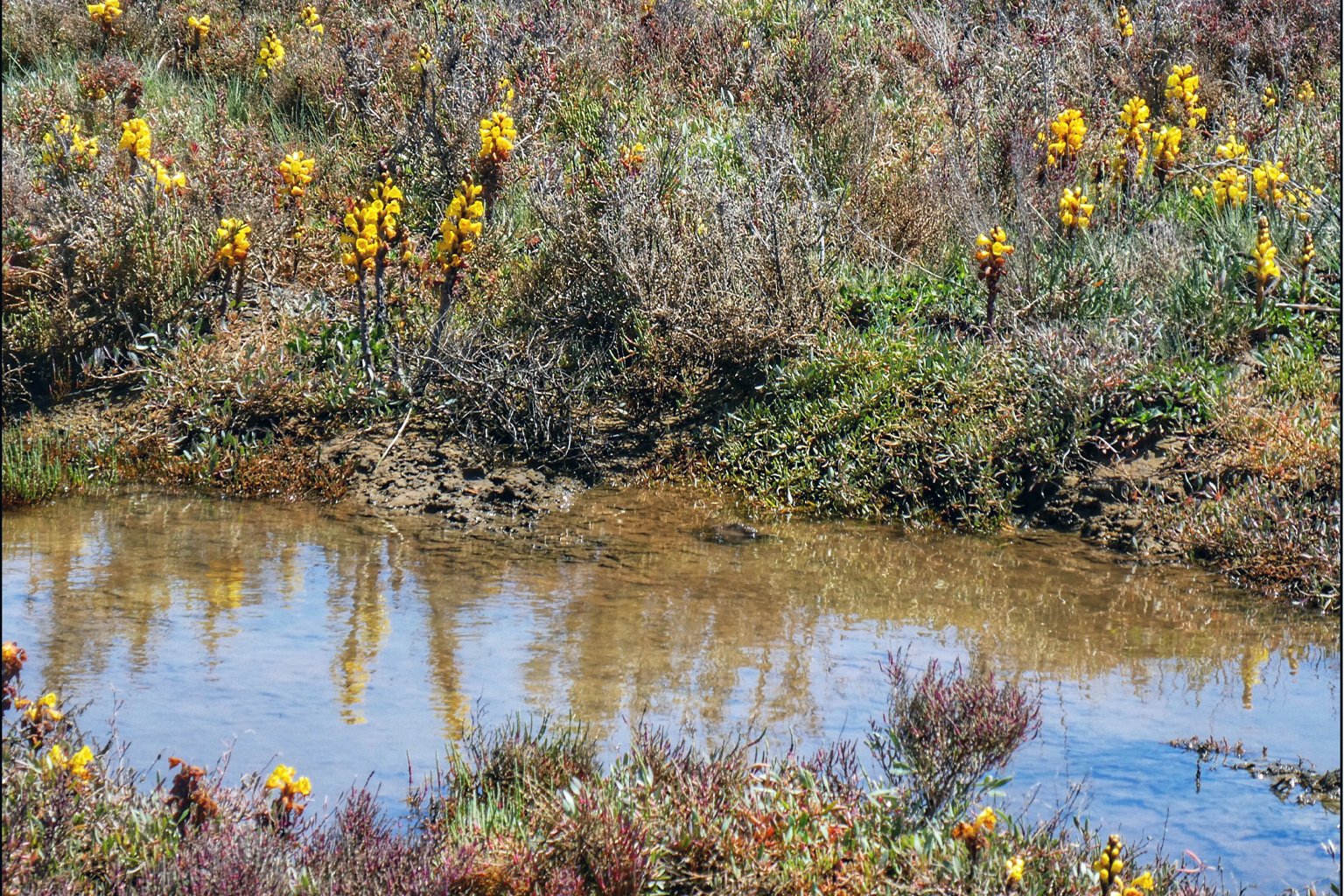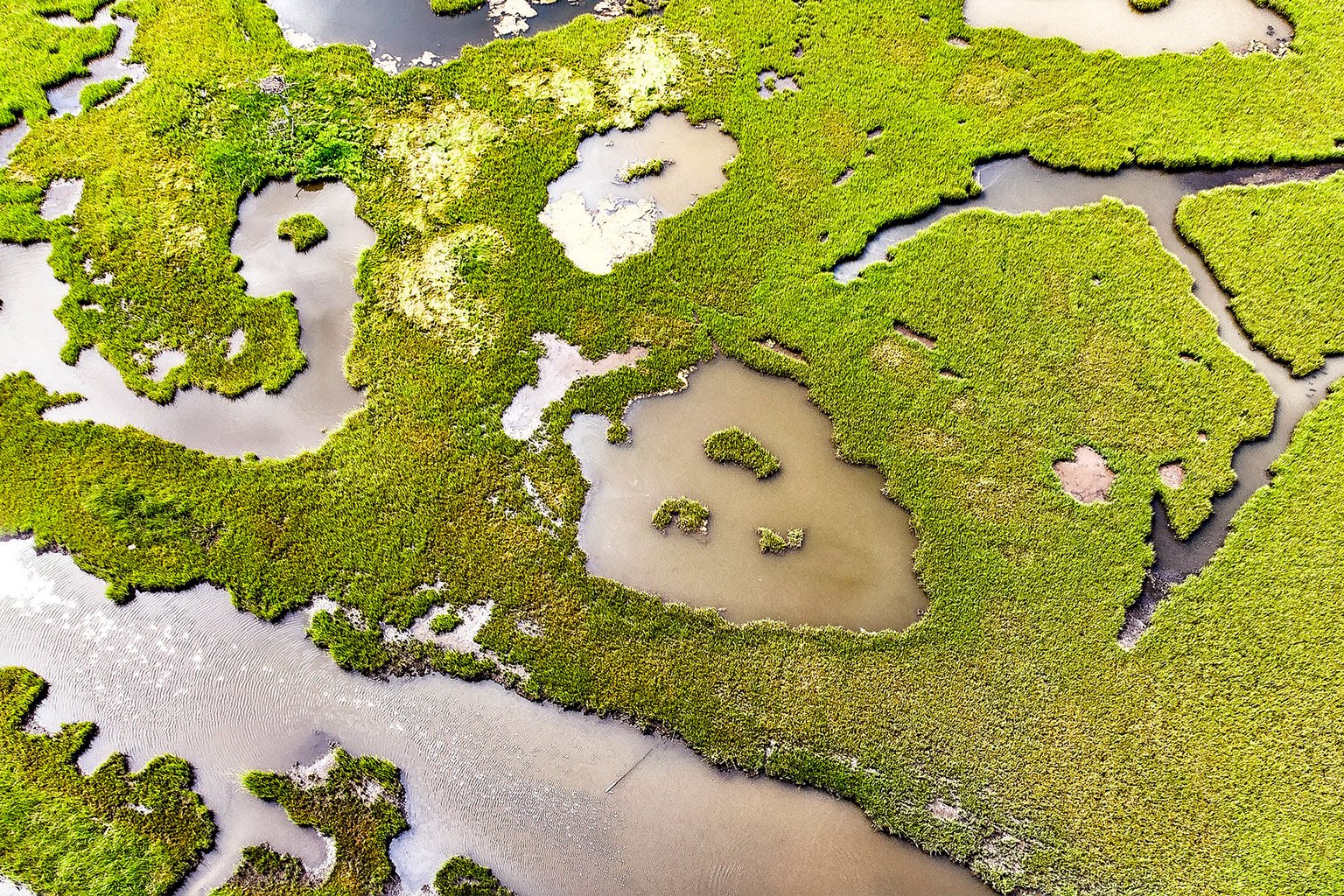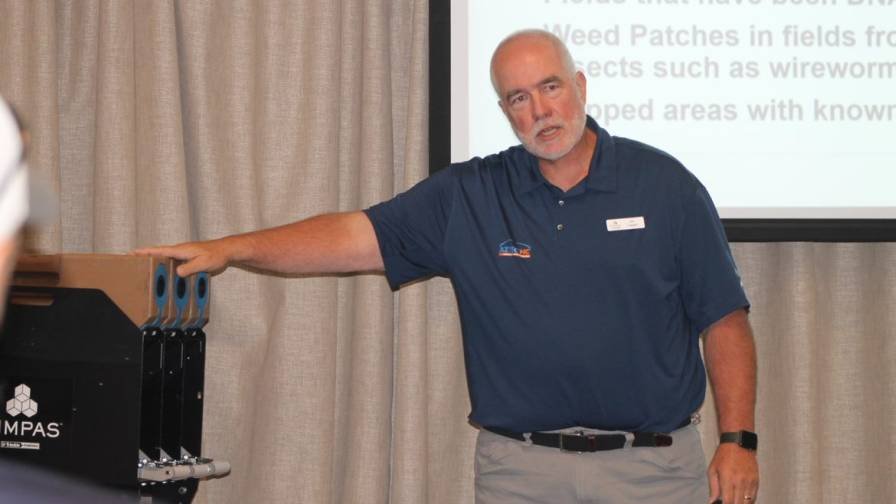- The world lost 1,453 square kilometers (561 square miles) of salt marsh between 2000 and 2019, an area twice the size of Singapore, according to a new study based on satellite imagery.
- In addition to providing wildlife habitat and numerous ecosystem services, salt marshes store a great deal of carbon.
- Salt marsh loss resulted in 16.3 teragrams, or 16.3 million metric tons, of carbon emissions per year, according to the study. That’s the rough equivalent of the output of around 3.5 million cars.
- Climate change is one of the greatest threats to marshes. Other contributors to their global decline include conversion to aquaculture, coastal erosion, eutrophication, drainage, mangrove encroachment and invasive species.
An area of salt marsh twice the size of Singapore has disappeared since the turn of the century, NASA scientists determined by analyzing satellite images from around the globe. Severe storms were partially responsible for the loss, which resulted in “significant” carbon emissions, according to a recent study based on the maps.
The study, published in the journal Nature in late November, showed that the world lost 2,733 square kilometers (1,055 square miles) of marsh over the 19-year period between 2000 and 2019 and recovered 1,278 km2 (493 mi2), some as a result of restoration by people. This resulted in a net loss of 1,453 km2 (561 mi2). Globally, salt marshes declined at a rate of 0.28% per year, according to the study.
Previously, up-to-date information on the rates and “hotspots” of salt marsh loss at the global level was limited, as were estimates of the resulting carbon emissions, Anthony Campbell, the paper’s lead author, told Mongabay in an interview. Past estimates suggested much higher salt marsh losses of between 1% and 2% per year.
“We utilized the Landsat record to get at those numbers and then do an updated carbon budget for salt marshes, showing a decline in loss, but still significant emissions in salt marsh environments,” Campbell, a postdoctoral fellow in NASA’s Biospheric Sciences Laboratory in Maryland, said.
According to the study, salt marsh loss resulted in 16.3 teragrams, or 16.3 million metric tons, of carbon emissions per year. That’s the rough equivalent of the annual output of around 3.5 million cars. The loss of marsh also reduced its capacity to store carbon.
The results are “sobering,” Peter Macreadie, who was not involved in the study and is director of the Blue Carbon Lab at Deakin University in Burwood, Australia, told Mongabay in an email. They provide clarity about salt marsh distribution and extent, he said. “Unfortunately, they are losing ground, and future climate change will make these ecosystems more vulnerable.”
Salt marshes: “Unsung heroes”
Salt marshes are coastal wetlands and depend on tidal flows to maintain a delicate balance of sea water. Found mainly in temperate regions around the globe, marshes are “unsung heroes” in providing a range of ecosystem services, Macreadie said.
“This humble coastal vegetated [ecosystem] provides critical support for fish and fisheries; it provides habitat for some of the rarest species on the planet; it helps stabilize shorelines and prevents erosion; and it is one of the most efficient and long-term carbon sinks on the planet,” he wrote.
Alongside other coastal ecosystems, however, salt marshes are under pressure from human activities. A study released earlier this year estimated that only 15.5% of the world’s coastlines remain unaffected by human interference; a previous study showed that salt marshes in particular have lost 25% to 50% of their historic global coverage.
Climate change is one of the greatest threats they face. Sea level rise can outpace the ability of salt marshes to adapt or push them further inland, where human-made barriers can block their expansion and ultimately reduce their extent in a process known as coastal squeeze. Other threats contributing to the global marsh decline include conversion to aquaculture, coastal erosion, eutrophication, drainage, mangrove encroachment and invasive species.
By analyzing historical satellite images and comparing them over time, Campbell and his team found that the majority — 64% — of salt marsh losses occurred in the U.S. and Russia, often as a result of hurricanes and coastal erosion. The largest loss of marshes documented in any place and time occurred in North America between 2005 and 2009: about 283 km2 (109 mi2) succumbed, much of it in areas battered by hurricanes.
Uncertainties remain, such as the full extent of salt marsh ecosystems around the world, whether factors in addition to coastal erosion explain marsh loss in the Arctic, and the extent of mangrove encroachment in areas such as Oceania. Further analyses of satellite imagery are needed to fill such knowledge gaps, Campbell said.

Protecting salt marshes
Salt marshes are recognized for their potential role as a nature-based solution to climate change, as well as a way to mitigate some its effects. Efforts are underway to restore and conserve them, as well as other coastal environments, to harness their ecosystem services. Restoring tidal flows, returning vegetation and reducing coastal erosion are some of the techniques people are implementing.
Currently, it’s difficult to tell whether marshes collectively still serve as a carbon sink or are undergoing enough loss to become a net carbon emitter, Campbell said. Whether humanity will be able to turn around the global decline to return them definitively to being a carbon sink remains unclear. One reason is the uncertainties about marshes’ carbon-storage capacity, Campbell said.
William Austin, an expert on blue carbon at the University of St Andrews, said it is “speculative” that improving the condition of marshes through “management interventions” would reduce emissions and strengthen marshes’ ability to store carbon. Even so, he said the paper does stake a claim for protecting salt marshes. “While we still probably lack adequate monitoring data to support the implementation of such policy change at scale, this seems a very significant Nature-based Solution that would both support the case for carbon AND nature,” he wrote in an email.
Tracking salt marshes and other coastal environments, such as seagrass meadows, with satellite technology is essential to “safely and consistently monitor these important blue carbon systems,” Campbell said.
“With the spatial awareness of where they are and how they’re changing, we have a better ability to protect them and address areas that are hotspots of change,” he said.

Banner image: Black-bellied whistling ducks among water lilies in a salt marsh in Texas, U.S. Image by Scott Sanford via Flickr (CC BY-NC-SA 2.0).
Citations:
Campbell, A. D., Fatoyinbo, L., Goldberg, L., & Lagomasino, D. (2022). Global hotspots of salt marsh change and carbon emissions. Nature. doi:10.1038/s41586-022-05355-z
Crooks, S., Herr, D., Tamelander, J., Laffoley, J., & Vandever, J. (2011). Mitigating Climate Change through Restoration and Management of Coastal Wetlands and Near-shore Marine Ecosystems: Challenges and Opportunities. Retrieved from The World Bank website: https://documents1.worldbank.org/curated/en/847171468313810664/pdf/605780REPLACEM10of0Coastal0Wetlands.pdf
Williams, B. A., Watson, J., Beyer, H., Klein, C., Montgomery, J., Runting, R., … Wenger, A. (2021). The global rarity of intact coastal regions. Conservation Biology. doi:10.1101/2021.05.10.443490
Mcowen, C., Weatherdon, L., Bochove, J., Sullivan, E., Blyth, S., Zockler, C., … Fletcher, S. (2017). A global map of saltmarshes. Biodiversity Data Journal, 5, e11764. doi:10.3897/bdj.5.e11764
Fagherazzi, S., Anisfeld, S. C., Blum, L. K., Long, E. V., Feagin, R. A., Fernandes, A., … Williams, K. (2019). Sea level rise and the dynamics of the marsh-upland boundary. Frontiers in Environmental Science, 7. doi:10.3389/fenvs.2019.00025
FEEDBACK: Use this form to send a message to the editor of this post. If you want to post a public comment, you can do that at the bottom of the page.
Related reading:
To save salt marshes, researchers deploy a wide arsenal of techniques












